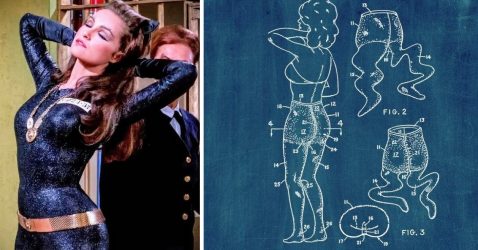16 Medieval Myths Some People Still Believe Today
2. Medieval People Died Young
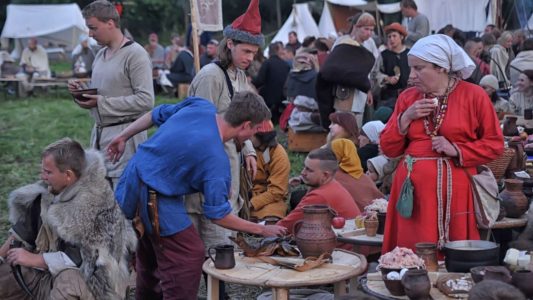
Common belief suggests that people in medieval times rarely lived past 30, with many pointing to historical statistics as proof. The medieval period is often portrayed as a time when people aged rapidly and died early due to harsh living conditions.
The truth is that while infant mortality rates significantly lowered the average life expectancy, adults who survived childhood often lived into their 50s and 70s. Archaeological evidence from medieval cemeteries shows many individuals living to advanced ages.
Historical records document numerous people living long lives, particularly among the nobility and clergy, with some medieval writers even discussing the challenges of old age.
3. Lords Had the Right of First Night
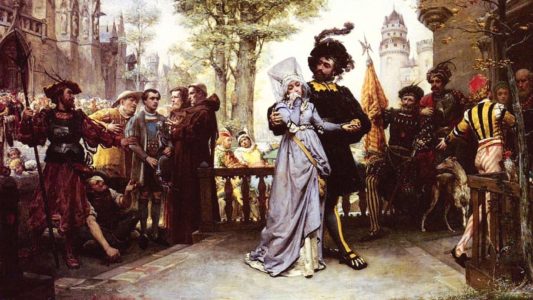
The infamous “right of first night” or “primae noctis” is often depicted as a standard privilege of medieval lords. The practice supposedly allowed lords to spend the first night with any newly married peasant woman in their domain.
Popular culture portrays this supposed custom in countless movies and books, presenting it as evidence of feudal oppression. Historical research has thoroughly debunked this myth, finding no evidence of such a practice in medieval law or custom.
The concept appears to have emerged as political propaganda during the French Revolution to criticize the aristocracy. Medieval marriage laws actually protected the sanctity of marriage, with the church actively opposing any such practices.
4. Vikings Wore Horned Helmets
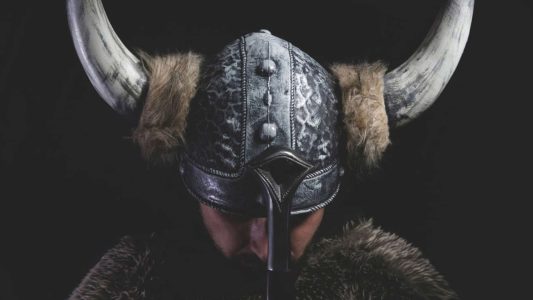
The image of Vikings charging into battle wearing horned helmets has become an enduring symbol of medieval Norse culture. This iconic representation appears everywhere from cartoons to sports team logos.
The horned helmet has become so closely associated with Vikings that it’s practically their trademark. Archaeological evidence tells a completely different story: real Viking helmets were practical combat gear, typically made of iron with a simple conical shape.
No authentic Viking helmet has ever been discovered with horns attached. The myth originated from 19th-century Romantic nationalism and costume designs for Wagner’s Ring Cycle operas.
5. Medieval People Never Bathed

Popular culture portrays medieval people as perpetually filthy, suggesting they avoided water and lived in squalor, covered in grime and filth. The myth suggests that medieval people believed bathing was dangerous or sinful.
Historical records paint a very different picture, showing that personal hygiene was highly valued in medieval society. Public bathhouses were common in many towns, and medieval medical texts emphasized the importance of cleanliness.
Monasteries maintained strict bathing schedules, while nobles often had private bathing chambers in their castles.
6. Medicine Was Pure Superstition

Many believe medieval medicine consisted solely of leeches, superstition, and ineffective prayers Their treatments are often portrayed as based entirely on folklore and religious beliefs.
Medieval medicine was actually a sophisticated blend of practical knowledge and careful observation. Doctors maintained detailed medical texts and understood basic surgical techniques, including setting bones and treating wounds.
Monasteries preserved and advanced medical knowledge, maintaining extensive herb gardens and developing effective treatments that are still used today.
7. Knights Dominated Medieval Warfare
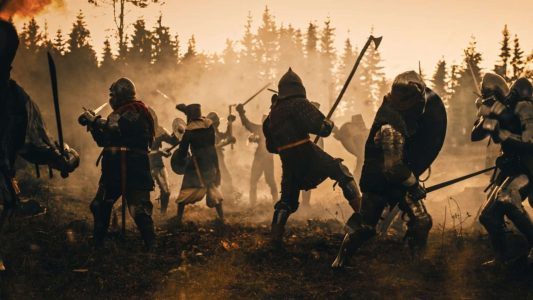
Hollywood portrays medieval battles as primarily clashes between armored knights on horseback. This romantic image suggests that knights were the backbone of medieval armies.
The myth overlooks the complexity of medieval military organization. In reality, medieval armies relied heavily on infantry and archers for most combat operations.
Knights made up a small percentage of medieval fighting forces, with foot soldiers doing most of the fighting. Military treatises from the period show sophisticated tactics involving combined arms and complex formations.
8. Medieval People Never Traveled
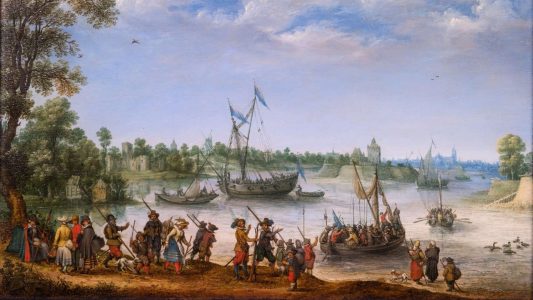
Common belief suggests medieval people lived and died within a few miles of their birthplace. This myth portrays medieval society as isolated and provincial.
Many assume that travel was too dangerous or difficult for regular people to attempt. Medieval society was surprisingly mobile, with people regularly traveling for trade, pilgrimages, and work.
Merchants traversed vast trading networks spanning continents, while pilgrims journeyed thousands of miles to holy sites. The Crusades and international trade routes created extensive networks of cultural exchange.
9. They Had No Sense of Humor

Medieval people are often portrayed as dour, serious individuals obsessed with religion and survival. Popular media depicts them as lacking joy or wit in their daily lives.
This misconception suggests that humor and entertainment were foreign concepts in medieval times. Medieval literature and art reveal a rich culture of humor, including clever wordplay and slapstick comedy.
Court jesters were highly valued entertainers who could criticize authority through humor. Surviving manuscripts contain numerous jokes, funny stories, and satirical drawings in their margins.
10. Children Were Treated Like Small Adults
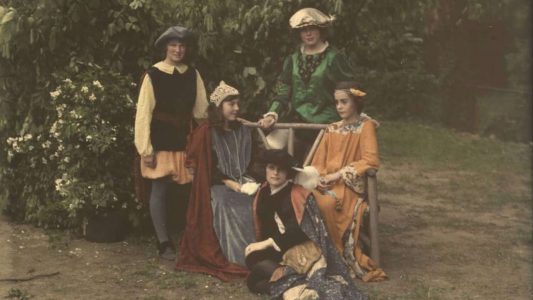
The myth suggests medieval society had no concept of childhood as a distinct phase of life. Many believe children were forced to work as soon as they could walk.
Popular history often claims that medieval children were simply treated as miniature adults. Archaeological findings and historical documents show medieval people understood childhood’s unique nature.
Children had special toys, games, and clothing designed specifically for them. Medieval texts discuss different stages of childhood development and appropriate care for young ones.
11. Women Had No Rights or Professions
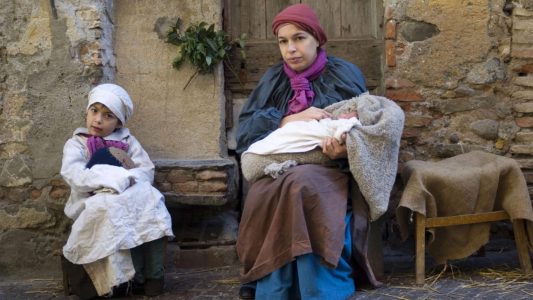
Common belief suggests medieval women were completely powerless and confined to domestic duties. This myth portrays all medieval women as oppressed and denied any form of independence.
Popular culture often shows them as having no legal or economic rights. Historical records reveal medieval women often held significant power and autonomy.
Many ran successful businesses, managed estates, and participated in trades and guilds. Noble women could inherit property and rule territories, while merchant women often conducted international trade.
12. People Ate Rotten Meat
A persistent myth claims medieval people regularly consumed spoiled meat disguised with heavy spices. This misconception suggests they had no food safety standards or couldn’t tell when meat was spoiled.
The myth often claims spices were primarily used to mask the taste of rotting food. Medieval societies actually had strict food safety laws and inspection systems.
Markets were carefully regulated, with severe penalties for selling spoiled food. Spices were luxury items used to display wealth and enhance flavor, not hide spoilage.
13. Table Manners Didn’t Exist
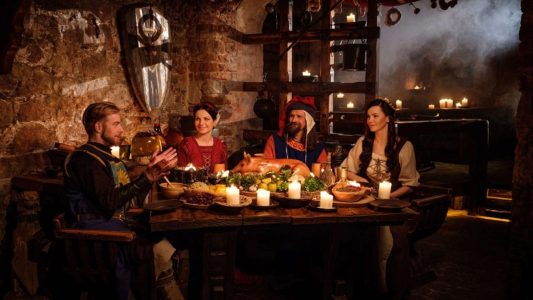
Popular media shows medieval feasts as chaotic affairs with people eating like barbarians. The myth suggests diners threw bones on the floor and ate exclusively with their hands.
This misconception portrays medieval people as having no dining etiquette. Medieval society had elaborate dining customs and strict table manners.
Etiquette books from the period detail proper behavior at meals, including hand washing and proper use of utensils. Formal dinners were highly organized events with specific rules and customs.
14. Chastity Belts Were Common
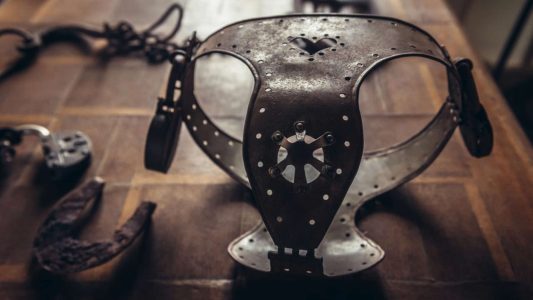
The myth claims medieval husbands routinely secured their wives in metal chastity belts. This belief has been reinforced by museum displays and popular media.
The devices are often presented as proof of medieval misogyny and sexual control. Historical research shows no evidence of chastity belts being used during medieval times.
The concept originated as a joke in Renaissance literature and satire. The “medieval” chastity belts displayed in museums were actually created in the 19th century as hoax items.
15. Everyone Drank Alcohol Instead of Water

Popular belief suggests medieval people drank only beer and wine because water was unsafe. This myth claims even children avoided water completely.
The misconception suggests alcohol was the only safe drinking option. While people did drink beer and wine, they also consumed plenty of water from clean sources.
Medieval communities built sophisticated water systems and knew how to identify safe drinking water. Alcohol consumption wasn’t necessarily higher than in other historical periods.
16. The Church Suppressed All Scientific Progress

Many believe the medieval church actively opposed scientific advancement and learning. This myth portrays the church as an enemy of knowledge and progress.
Popular culture often shows clergy members fighting against scientific discovery. The church actually served as the main patron of scientific research and education during the Middle Ages.
Monasteries preserved ancient knowledge and conducted scientific experiments. Medieval universities, founded by the church, became centers of learning and scientific advancement.
The medieval period was far more sophisticated, nuanced, and progressive than popular culture would have us believe. While the Middle Ages certainly had its share of challenges, the era fostered achievements in science, medicine, architecture, and social organization.



